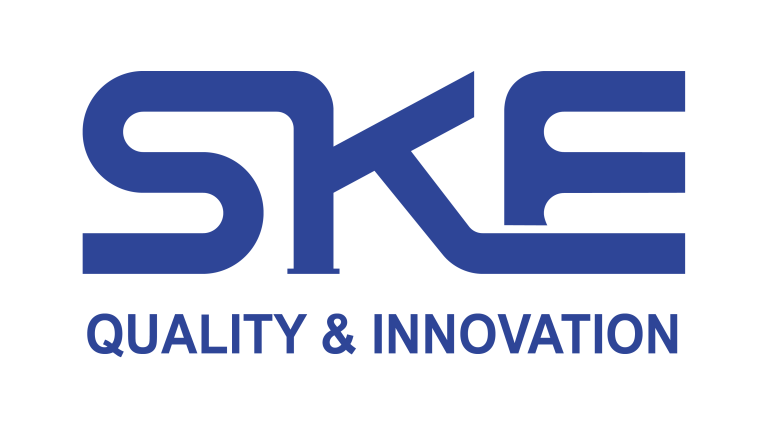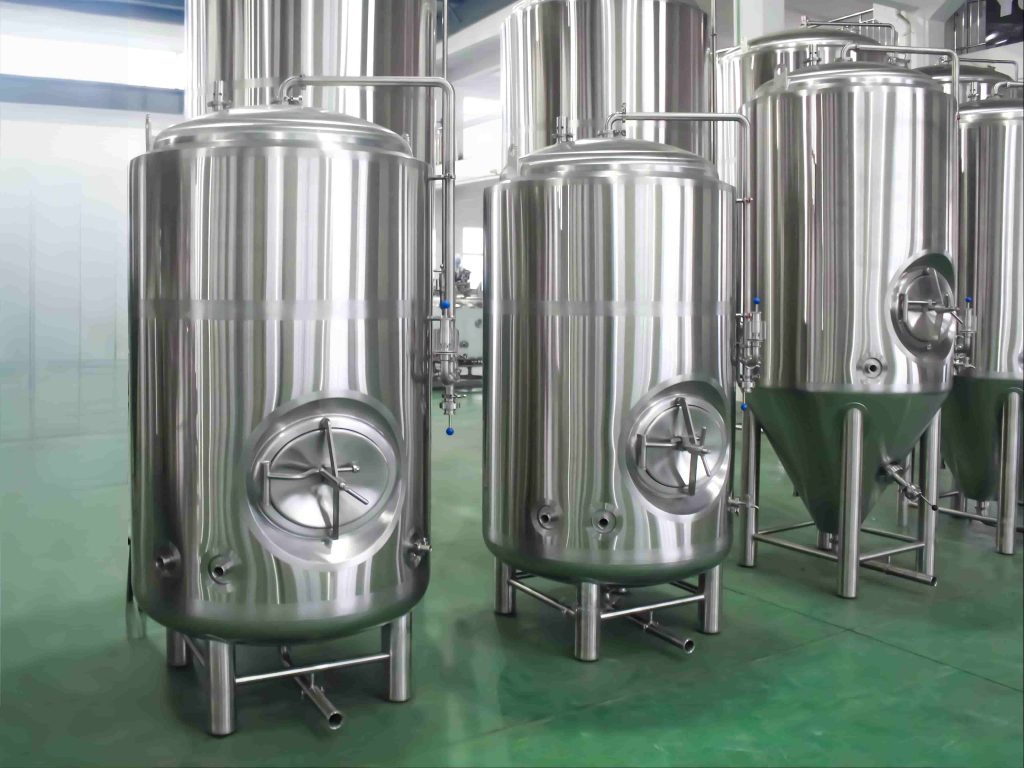
IBC Tank solutions are stealing the show at Drinktec 2025—and SKE’s latest modular designs prove that intermediate bulk container (IBC) tanks can be both rugged and smart. Imagine walking through Munich’s Messe halls, spotting a sleek SKE skid where a 1,000 L seamlessly integrates with automated CIP loops and digital level monitoring. Curious how the right can transform your storage, handling, and cleaning processes? Read on.
Table of Contents
1. Why Choose an SKE IBC Tank?
Not all IBC tanks are created equal. SKE’s stainless-steel line combines food-grade 316L construction with sanitary design, ensuring zero dead legs and full drainability. At Drinktec 2025, SKE will demonstrate how real-time level sensors and automated valves turn a simple into an intelligent buffer station—cutting manual handling time by up to 40 %.
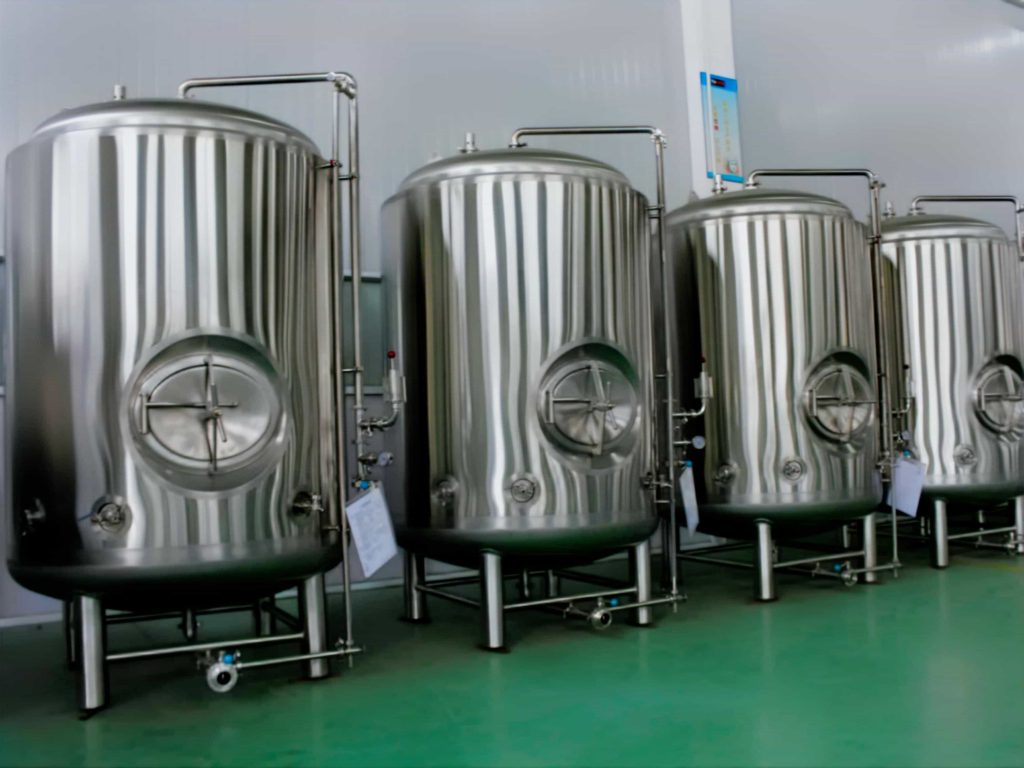
2. Key Features & Specifications
An SKE IBC tank offers:
Sanitary 316L Stainless Steel: Mirror-polished interior prevents residue buildup.
Tri-Clamp Fittings & Butterfly Valves: Enable leak-free connections and rapid disassembly for cleaning.
Digital Level & Temperature Probes: Integrated into PLC/HMI for remote monitoring.
Modular Skid Mount: Pre-piped and wired to connect multiple IBC tanks in parallel or series.
Automated CIP Capability: Inline spray balls and return loops ensure a complete clean-in-place cycle.
With these features, SKE’s solutions deliver consistent quality, traceability, and regulatory compliance for beverage, dairy, and specialty liquid processes.
3. Capacity Comparison Table
| Model | Volume (L) | Footprint (m²) | Level Sensor Type | CIP Time (min) |
|---|---|---|---|---|
| SKE-IBC-500 | 500 | 1.2 | Ultrasonic | 20 |
| SKE-IBC-1000 | 1,000 | 2.0 | Radar | 25 |
| SKE-IBC-2000 | 2,000 | 3.5 | Guided Wave Radar | 30 |
Use this table to match your process throughput and cleaning requirements with the right IBC tank capacity. All SKE models come with full material certificates and are drinktec 2025 ready.
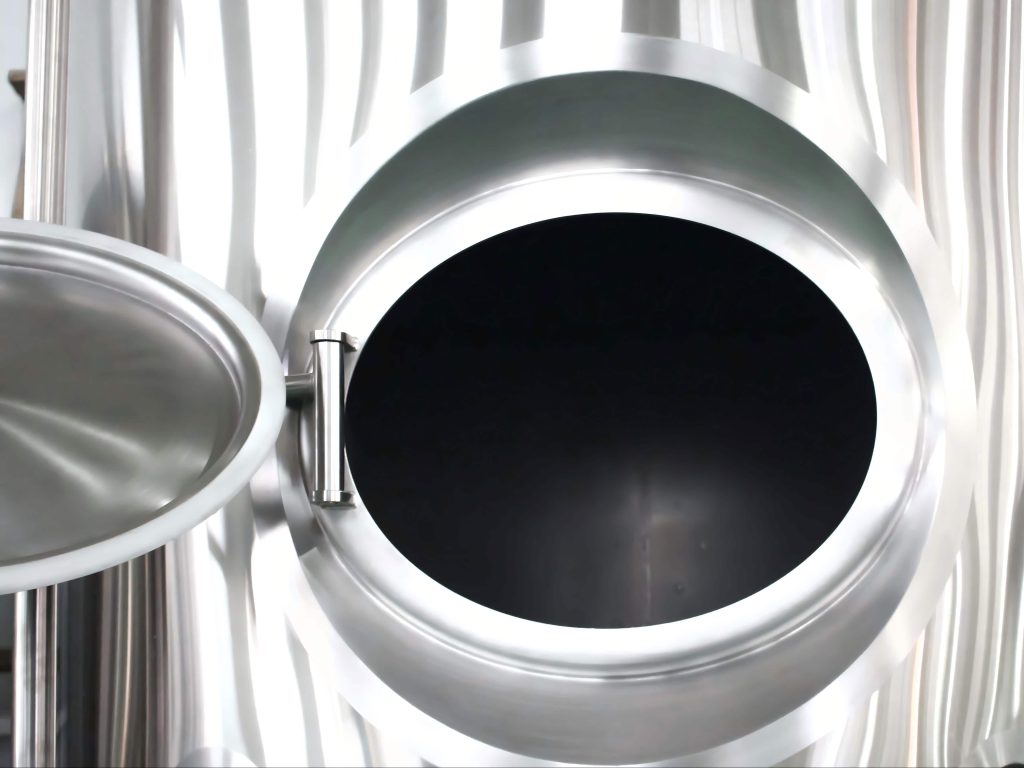
4. Optimizing Operations at Drinktec 2025
At Drinktec 2025 in Munich, SKE experts will showcase how to:
Integrate Multiple IBC Tanks: Automate product changeovers using digital valve manifolds.
Minimize Downtime: Use rapid CIP sequences that cycle IBC tanks in under 20 minutes.
Enhance Traceability: Capture sensor data for each IBC tank batch, automatically logged in your SCADA system.
Attendees can tour SKE’s live demonstration rig to see firsthand how a network of IBC tanks can feed mixers, fillers, or fermenters without manual intervention.
5. Maintenance & Best Practices
To ensure your SKE IBC tank continues to perform:
Weekly Visual Inspections: Check weld seams and gaskets for wear.
Monthly Calibration: Verify level sensors and temperature probes against known standards.
Quarterly CIP Validation: Run microbial swab tests post-clean to confirm a 6-log reduction.
Annual Mechanical Service: Replace butterfly valve seals and inspect skid supports.
These routines keep your IBC tank fleet running safely, hygienically, and efficiently year-round.
6. FAQs: Your Top Questions Answered
Q1. Can an IBC tank handle both hot and cold liquids?
A1. Yes—SKE’s double-jacketed IBC tank options support heating or cooling from –10 °C to 100 °C with ±0.5 °C control.
Q2. How many IBC tanks can I link in a single skid?
A2. Typical SKE manifolds accommodate up to six 1,000 L IBC tanks, with scalability options for larger setups.
Q3. What compliance certifications do SKE IBC tanks hold?
A3. All SKE IBC tanks are built to ASME-BPE and FDA 3-A sanitary standards, with full traceable material certificates available at drinktec 2025.
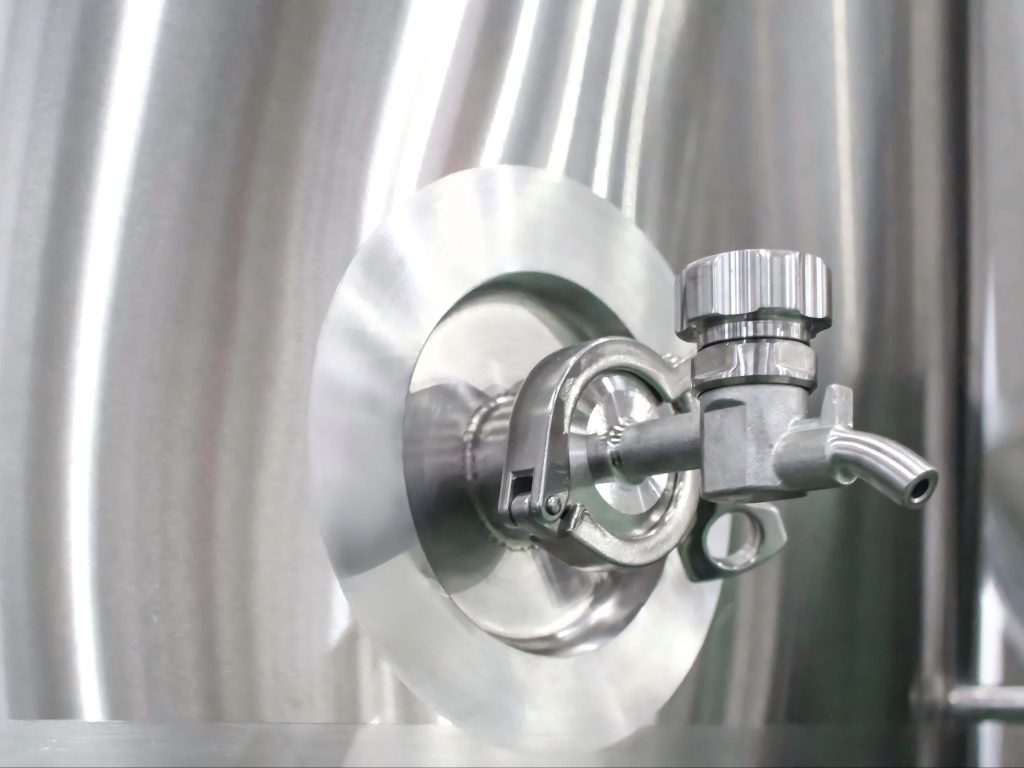
Choosing the right IBC tank transforms storage and handling in your facility. Have more questions? Share them in the comments or visit SKE’s booth at Drinktec 2025 for a hands-on demo of our IBC tanks in action. Let’s elevate your liquid management—together!
